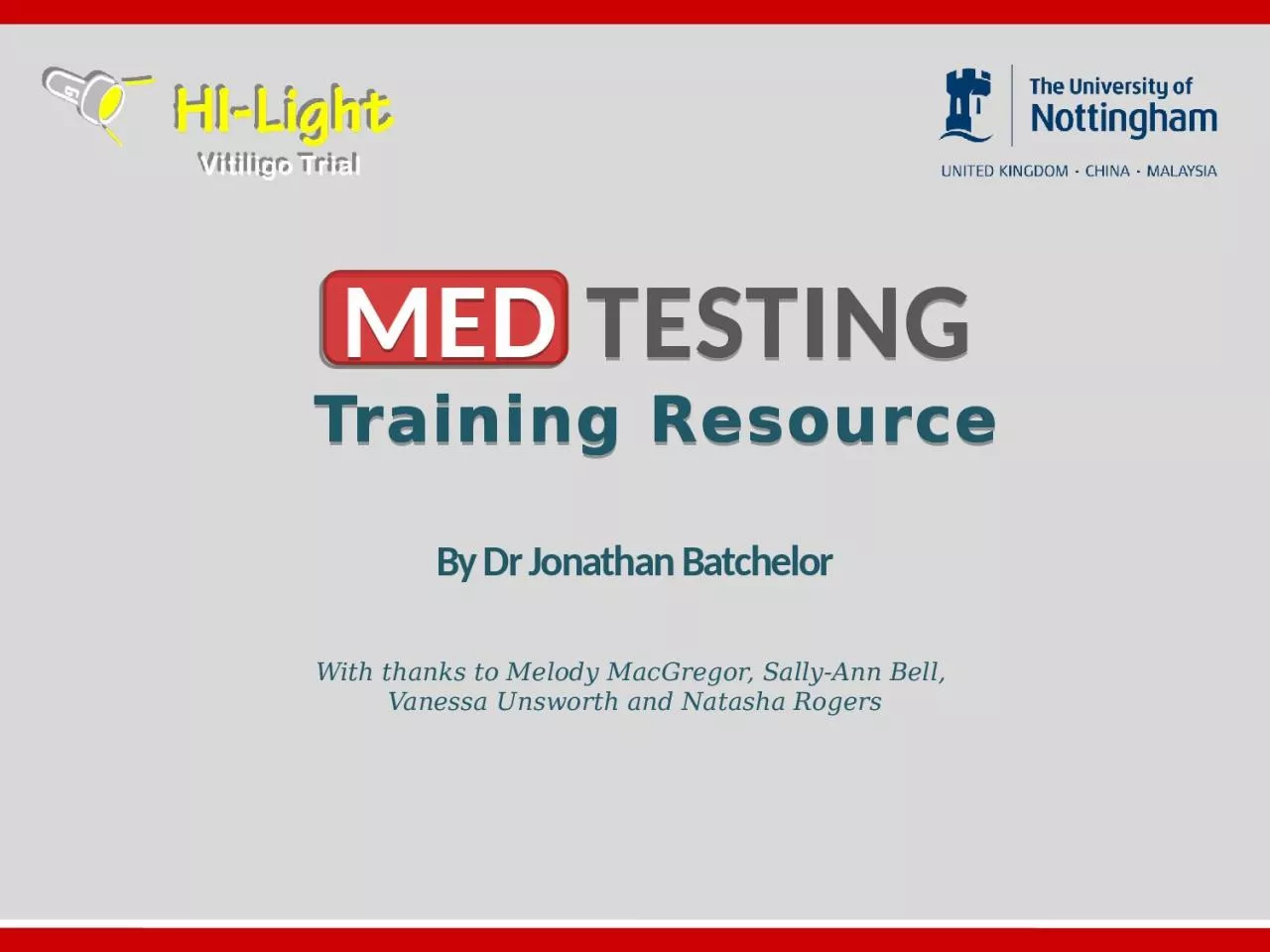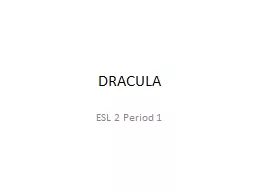PPT-By Dr Jonathan Batchelor
Author : rose | Published Date : 2022-06-13
With thanks to Melody MacGregor SallyAnn Bell Vanessa Unsworth and Natasha Rogers MED TESTING Training Resource MED TESTING Training Resource Prior to commencing
Presentation Embed Code
Download Presentation
Download Presentation The PPT/PDF document "By Dr Jonathan Batchelor" is the property of its rightful owner. Permission is granted to download and print the materials on this website for personal, non-commercial use only, and to display it on your personal computer provided you do not modify the materials and that you retain all copyright notices contained in the materials. By downloading content from our website, you accept the terms of this agreement.
By Dr Jonathan Batchelor: Transcript
Download Rules Of Document
"By Dr Jonathan Batchelor"The content belongs to its owner. You may download and print it for personal use, without modification, and keep all copyright notices. By downloading, you agree to these terms.
Related Documents














